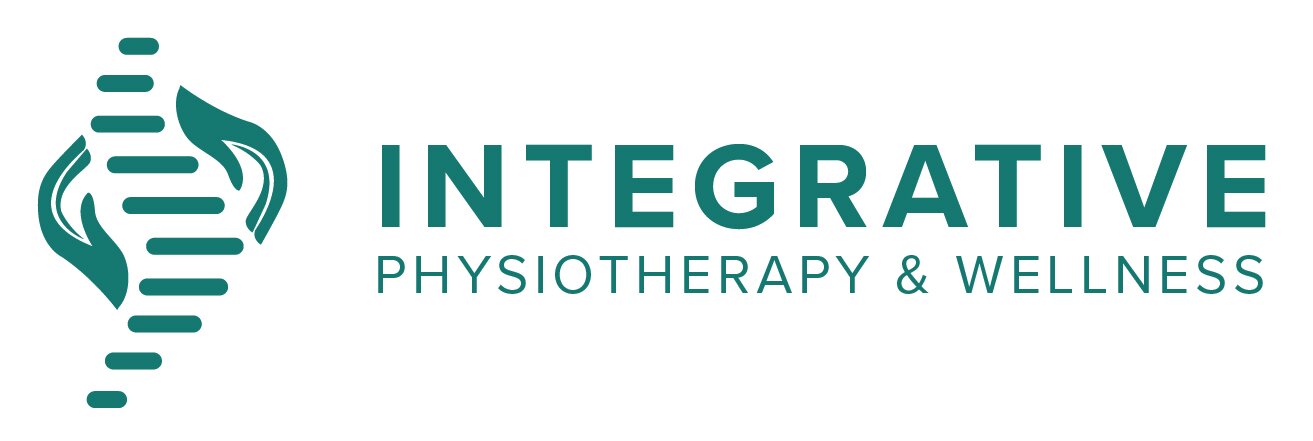What is Dry Needling?
What is Dry Needling?
Dry needling/Intramuscular Dry Needling is a treatment technique that involves the insertion of a very thin and flexible needle into a shortened muscle in order to help it relax, loosen and function better. In most cases, multiple muscles have to be needled during a single treatment session.
These painful muscles containing tight bands with tender ‘knots’ (known as trigger points) can feel ropey and are involved in many types of soft tissue pain. The trigger points are specifically targeted with the needle during treatment. The needle used is referred to as a ‘dry needle’ because there is no solution or medication being injected. Integrated Dry Needling™ (IDN) approach, physiotherapists safely combine dry needling with other common physiotherapy treatments, when appropriate, based on the results of a comprehensive examination.
Dry Needling for Shoulder Conditions:
Dry Needling is one of the best effective treatments for shoulder pain, though it totally depends on the cause of shoulder pain. Common causes of shoulder pain are Rotator Cuff tear, Tendinitis, Bursitis, and Shoulder Impingement. In these conditions, a person avoids such movements which cause pain and discomfort. These all can result in an imbalance of muscles in the joint and create myofascial trigger points. Myofascial trigger points make the muscles less flexible and more painful to move. People with these trigger points feel dull aching pain even at the rest and if they get activated then a sharp pain in the area.
In shoulder conditions, three key muscles are usually connected with pain & stiffness: The anterior deltoid, Subscapularis, and Infraspinatus. Focusing on these muscles with Dry Needling helps in many ways. The purpose of Dry needling is to produce a muscular twitch and afterward relaxation of the Trigger knots in the muscles. It resets the whole neuro-muscular function where it is inserted and shows immediate effect in terms of pain level, mobility, tissue healing, and restoring function. This procedure is always effective along with manual therapy.
Dry Needling for Elbow Conditions:
In elbow joints, the Tennis elbow and Golfer’s elbow are the two most common conditions we can find usually. In these conditions, wrist extensors and flexor muscles get tight by overuse. Dry Needling works best on Tight muscles and trigger points within them. By inserting needles into the painful points or bands in the forearm, we can see twitch responses in those muscles if they are dysfunctional or unhealthy. After the twitch response, that specific muscle gets reset and you can see the immediate result. Test-Retest always helps to show the positive result to the patient for their satisfaction as well as for the Clinician. Though Dry Needling can not be ONLY part of your treatment. It works well with Manual and exercise therapy.
Dry Needling for Wrist and Hand Conditions:
In the wrist, we can see common conditions like De Quervain's Tenosynovitis, Carpal tunnel syndrome, Ulnar nerve entrapment, and mostly tight bands which compress various nerves around it. In the wrist, it is a little bit different for needling, rather than focusing on trigger points, here we look for taut bands to relieve pressure on the nerves like the median and ulnar. The area/points of needling may differ according to nerve entrapment and tight muscles. For instance, ulnar nerve entrapment usually results from overuse of the Flexor muscles in the forearm – Flexor Carpi Ulnaris, Flexor Digitorum Profundus. Carpal Tunnel Syndrome has many non-invasive techniques before going for surgery, which include Dry needling, Acupuncture, Muscle rehabilitation, and many more. So, before rushing to the surgery department, contact us to get a personalized rehab protocol.
If you are struggling with pain in your upper extremities and need help with pain management, we may be able to help. Dry Needling is a very effective treatment technique for myofascial pain. Book a free consultation with one of our Physiotherapists to discuss how Dry Needling can help you.
Written by: Anjali Patel. Registered Physiotherapist Resident. Orthopaedic Physiotherapist. Concussion Management.
REFERENCES:
https://integrateddryneedling.ca/what-is-idn/
https://www.strengthtrainingrehab.com/consider-dry-needle-treatment-shoulder-pain/
https://colepaintherapygroup.com/dry-needling-shoulder-pain/"
http://www.synergychiropractichouston.com/2017/dry-needling/dry-needling-carpal-tunnel-syndrome/
Integrative Physiotherapy is a Barrie-based clinic that believes in a one-on-one patient-centered, manual therapy (hands-on) approach to physiotherapy. We aim to empower our patients by providing quality care that is personalized to each patient in an interactive and friendly manner. Through the use of the best available treatment techniques, we aim to provide exceptional care so that each patient feels engaged and motivated.
Our therapists are continually upgrading their skills and taking time to provide comprehensive assessment and treatment techniques that are always one on one without the use of assistants or double booking patients to make sure that you achieve your functional and sports goals as soon as possible.
Our therapists would be happy to help you to achieve your goals, get in touch to schedule your appointment. Don’t let pain ruin your day!
Integrative Physiotherapy, Empowering Patients with Personalized Care.

